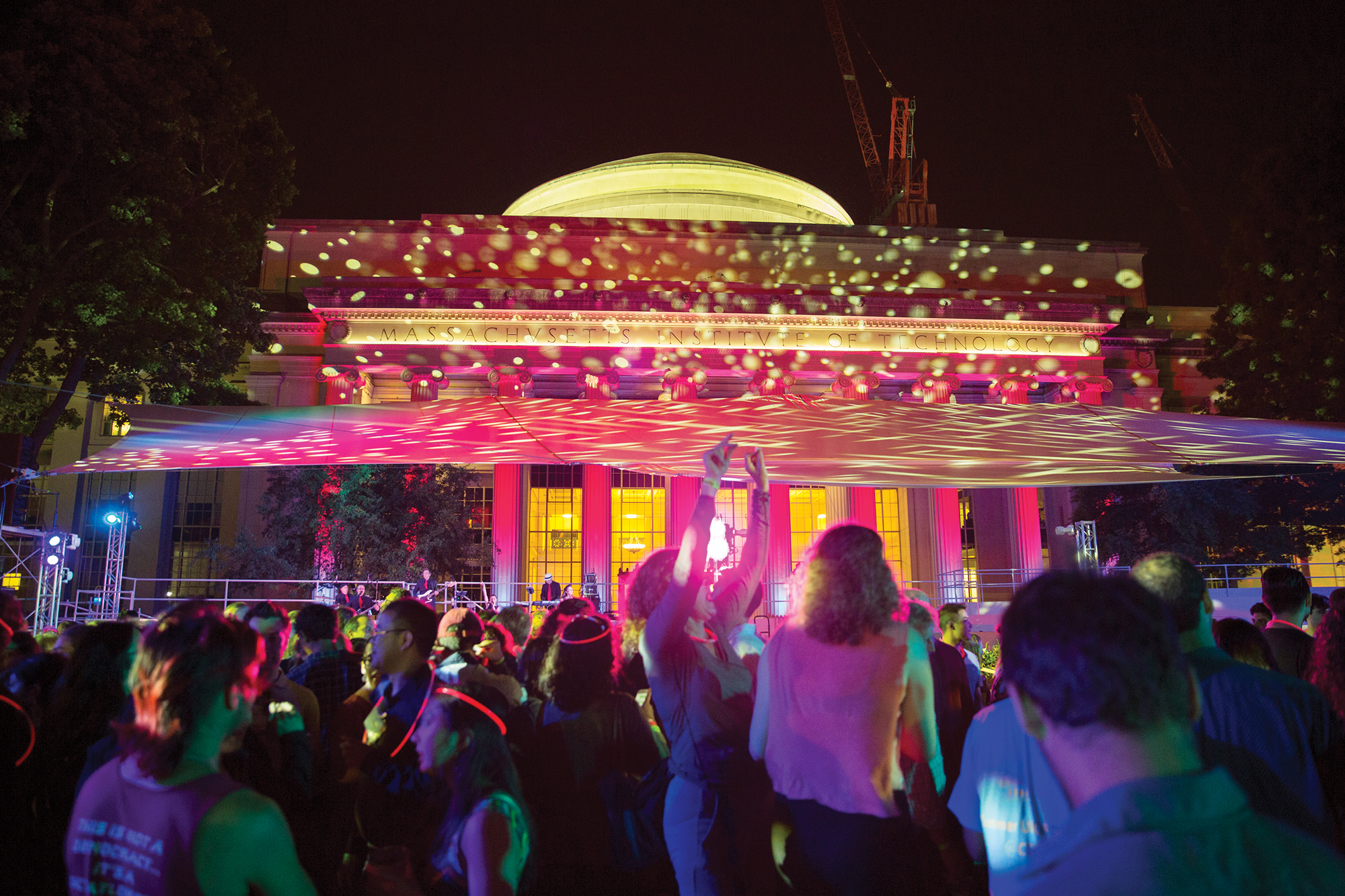
A dazzling Toast to Tech gathering in Killian Court, including live music, lights on the Great Dome, dancing, and fireworks, provided a climax for both Tech Reunions and the MIT2016 celebration that honored the centennial of the Institute’s 1916 campus move from Boston to Cambridge. Reunion attendance shattered previous records, with 4,444 MIT alumni and friends, hailing from 30 countries, returning to campus for more than 160 events held June 2–5.
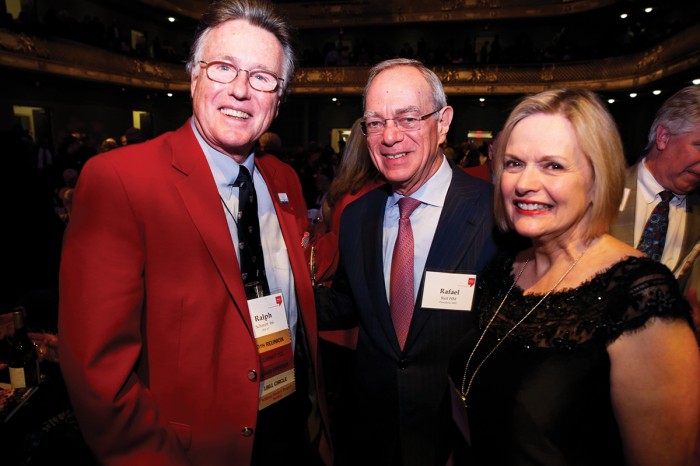
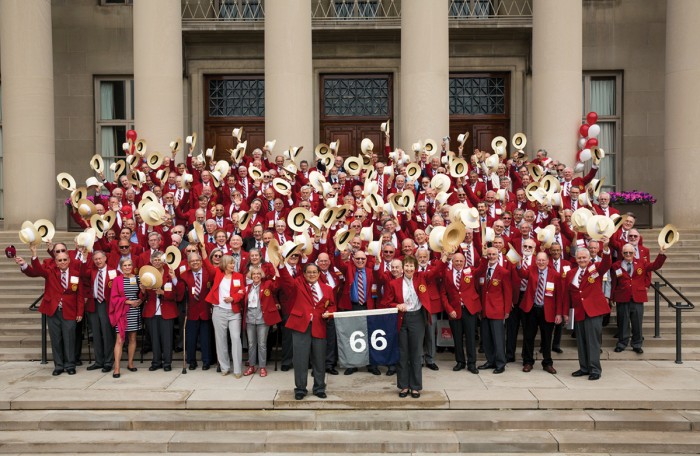
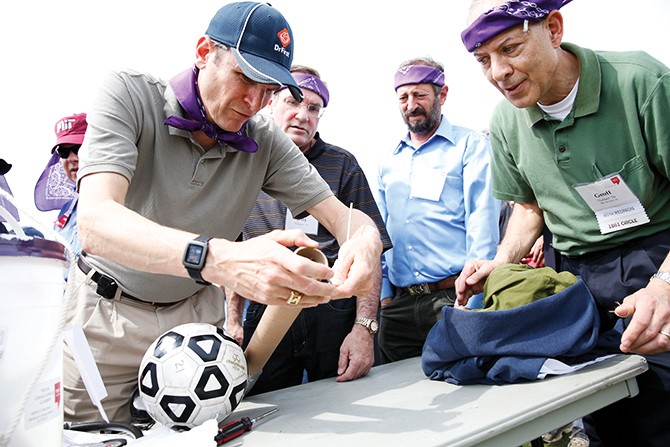
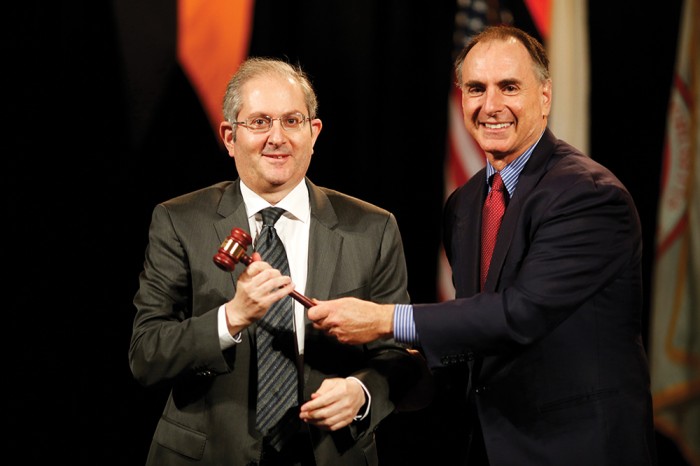

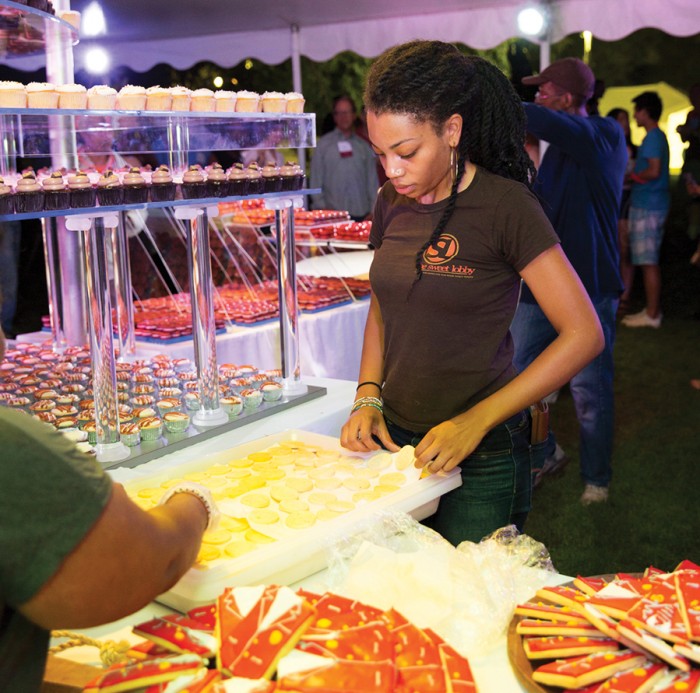

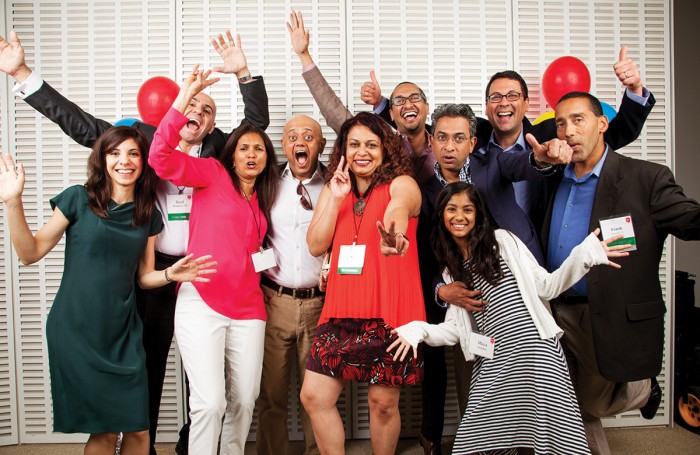
Keep Reading
Most Popular
Large language models can do jaw-dropping things. But nobody knows exactly why.
And that's a problem. Figuring it out is one of the biggest scientific puzzles of our time and a crucial step towards controlling more powerful future models.
The problem with plug-in hybrids? Their drivers.
Plug-in hybrids are often sold as a transition to EVs, but new data from Europe shows we’re still underestimating the emissions they produce.
How scientists traced a mysterious covid case back to six toilets
When wastewater surveillance turns into a hunt for a single infected individual, the ethics get tricky.
Google DeepMind’s new generative model makes Super Mario–like games from scratch
Genie learns how to control games by watching hours and hours of video. It could help train next-gen robots too.
Stay connected
Get the latest updates from
MIT Technology Review
Discover special offers, top stories, upcoming events, and more.